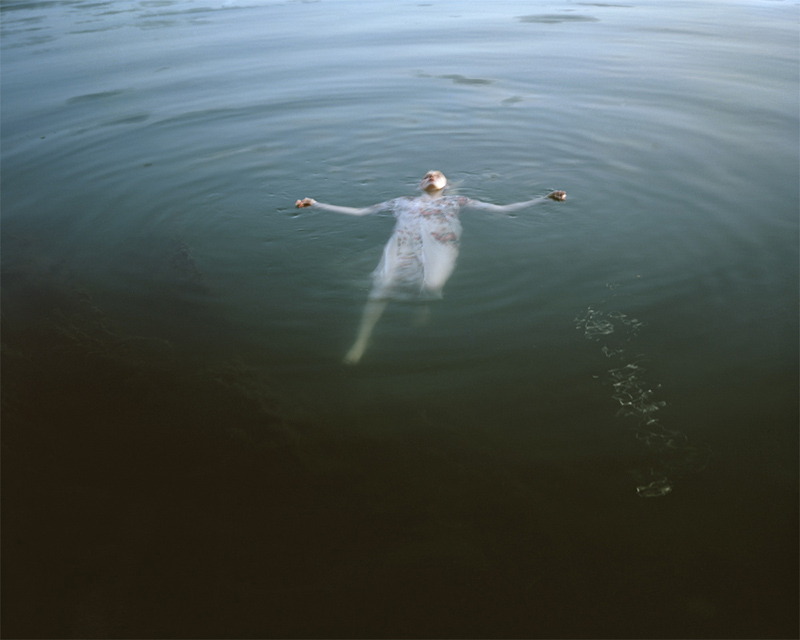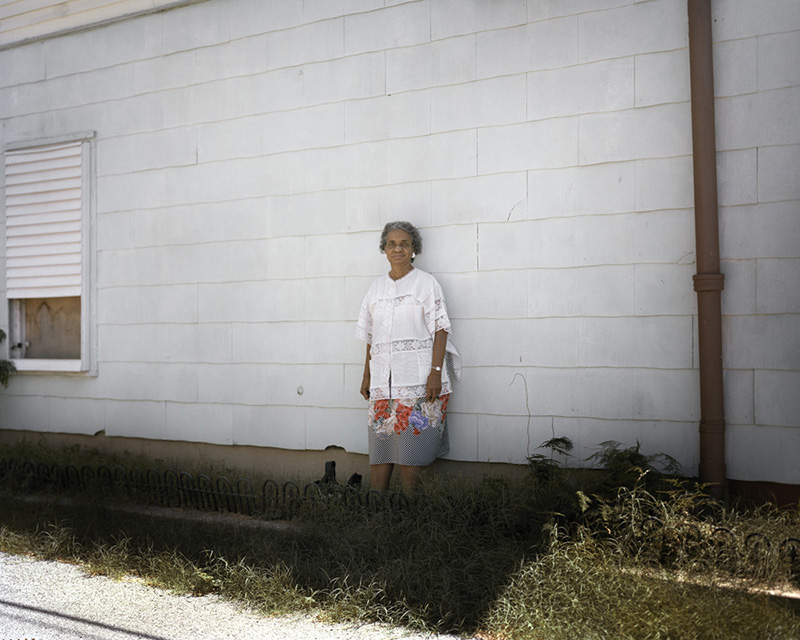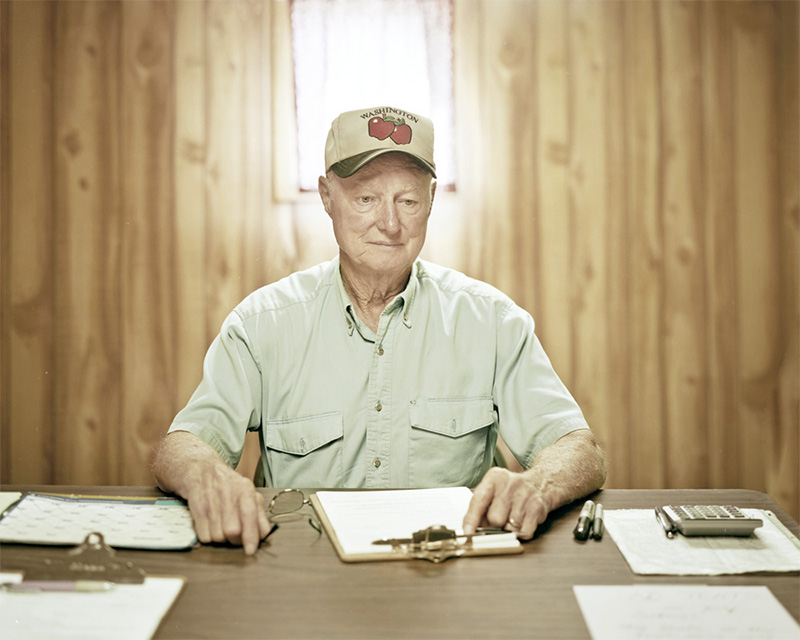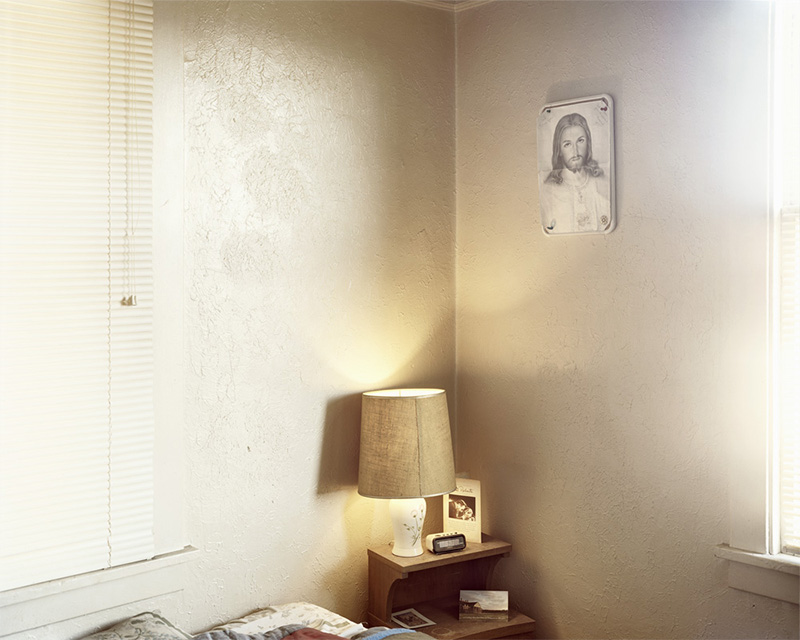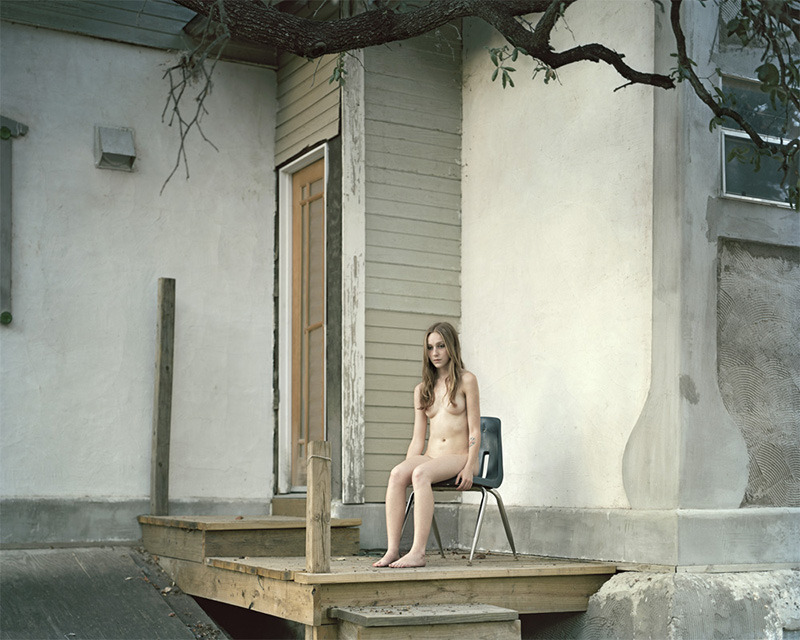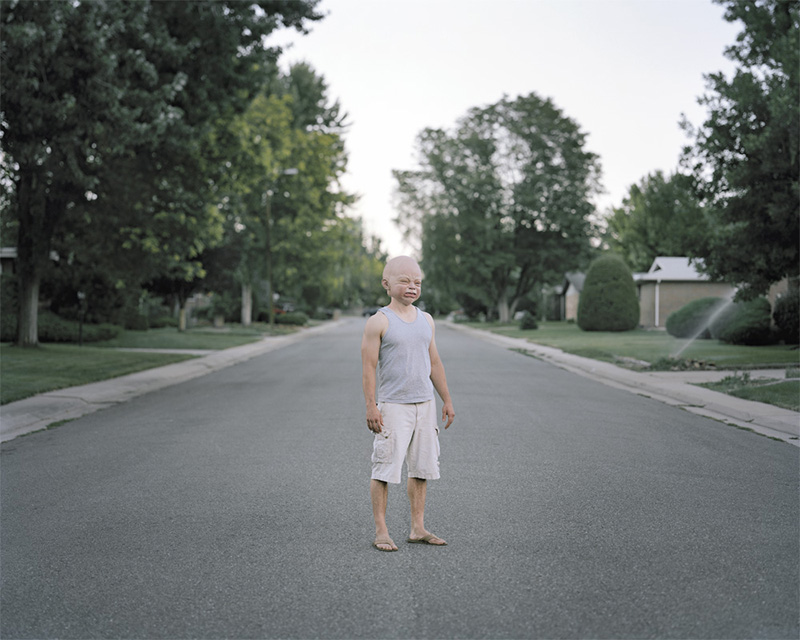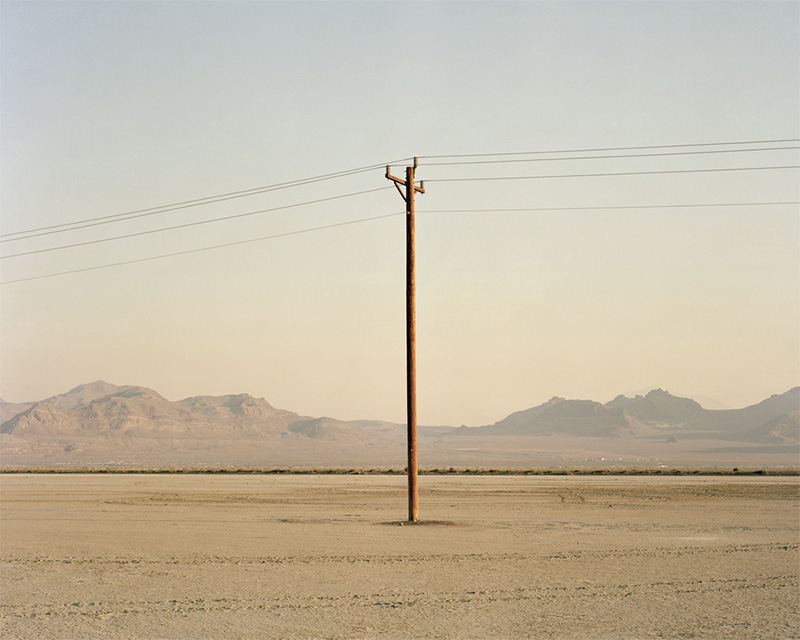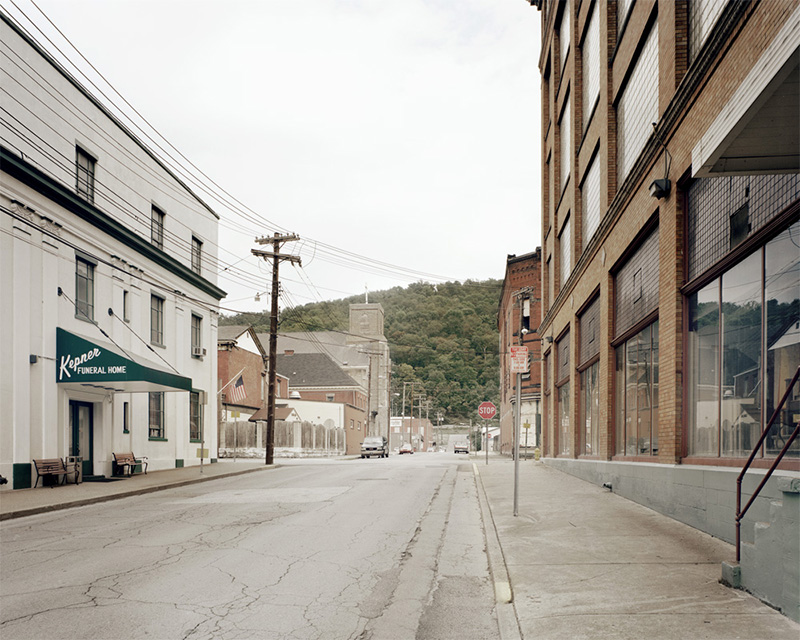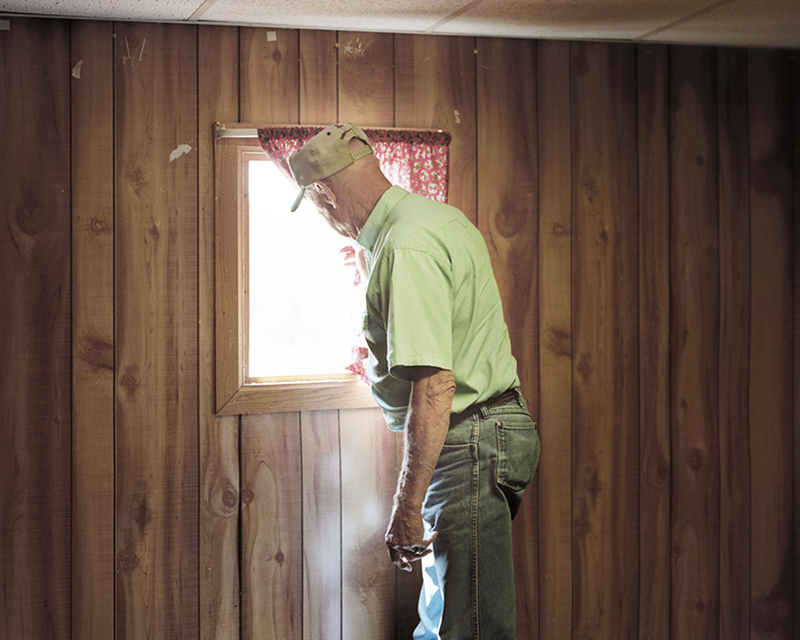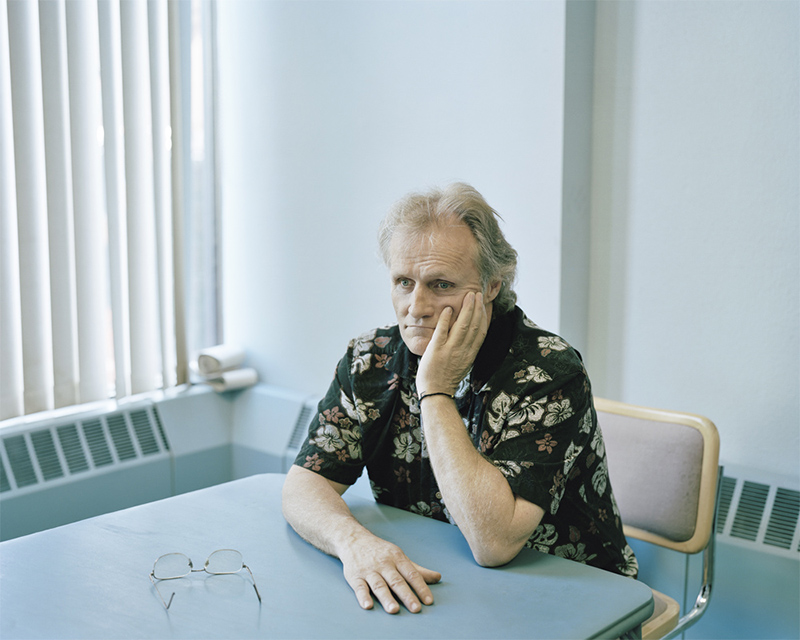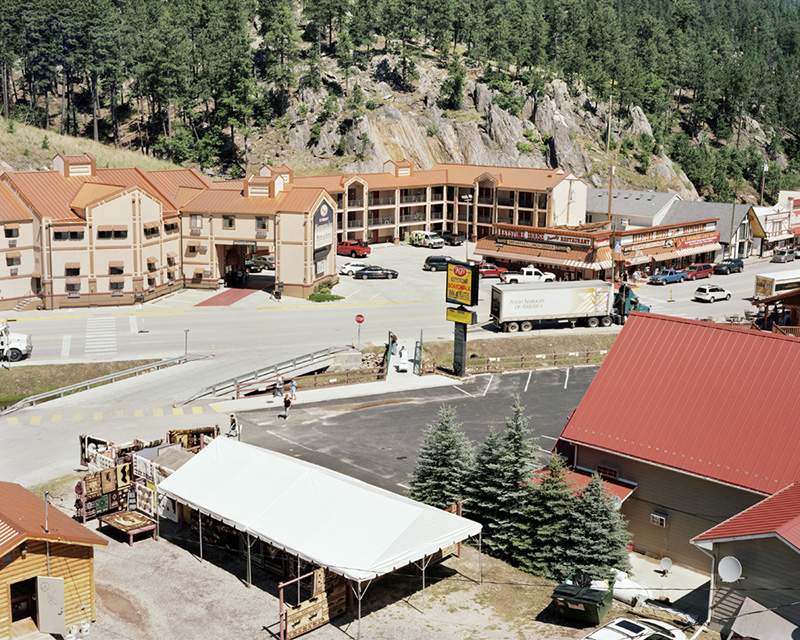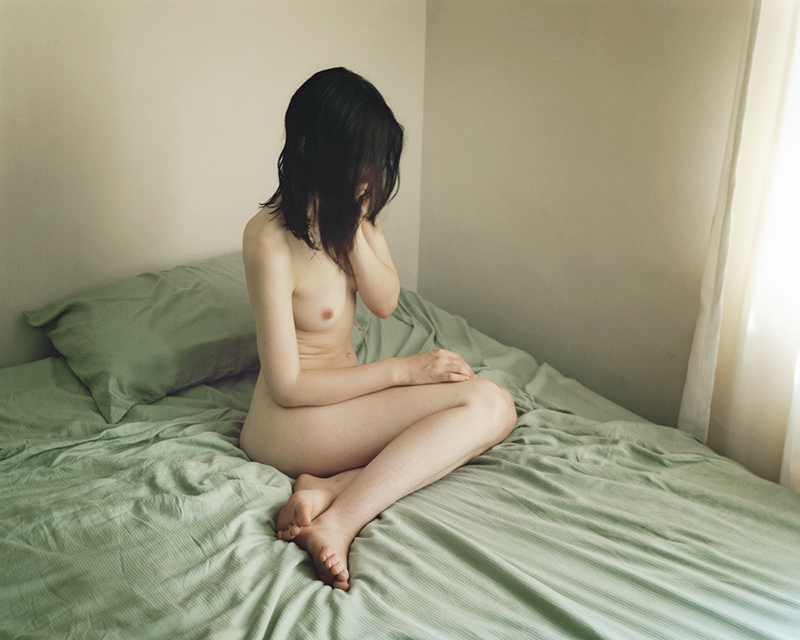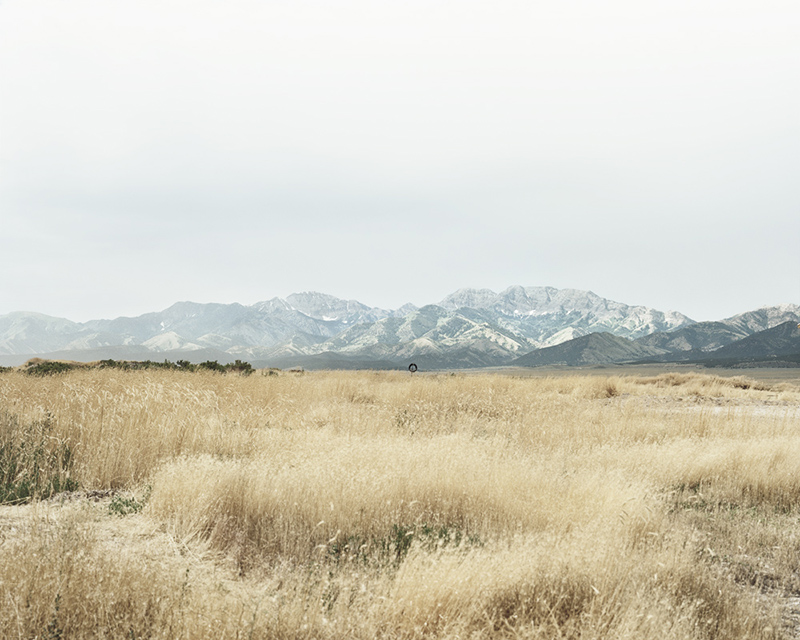Thomas Chéné – Truth and Consequences
Photography has begun a process where it uses formulas. The success of a series is rated with a kind of tick box system that makes us feel as if the experience is worth it. If one of the photographs is seen on a very well known platform, it instantly becomes hot property until it’s on every platform. The photographer is in the middle of this pandemonium that surrounds photography and the marketing of images; we become so concerned about the audience that we forget the photographer is even there.
The photographer is relatively unassuming in nature. They work on their projects and when it’s ready, with clever marketing, the work begins its voyage across the seas of… well something, whatever the art world has now become. They work with ideas and save up, apply for funding, take time to photograph and probably spend the same amount of time in front of a computer screen editing. The experience of making pictures is incredibly exhausting on every level. When it then comes to critiquing the work, it has lived and experienced so much, to be then thrown into the portal of modern media and cultural visual litter. Embedding in the minds of avid followers of photography, they are sometimes handed a real treat.
Thomas Chéné’s Truth and Consequences is a series that seems to tick all the boxes. If it were to be graded, it would probably be given a first. Luckily the photographic world does not rate their assets with a grade and opinion can be divided, but it is easy to agree that the work is phenomenally well made. It has the kind of tones that make us feel as though we’ve seen it before, but it carries a heavy weight in our minds. I’d previously come across one of the images and it got me wondering how long I have known the pictures for, and how familiar I was with them before I had even started writing this piece.
It is almost shameful how beautiful the American landscape is. The subjects in this series have an honest grit and the landscape shows a perfect colour scheme for photographs. Is this series just talking about this? I think it is certainly presenting us with a real in-depth look into certain parts of its culture. It almost seems fictional; perhaps it is.
Quiet streets reflect quiet minds floating to the world’s surface. Eyes dart towards the corner of the room. Eyes are closed as water tickles the ears of the woman in the lake. The mystery of Truth and Consequences is not the only thing going for it. Symbolised ideas of forgiveness are nailed onto the pale walls of simple housing as Chéné only ever probes at the idea that something happened; still waiting for action. Everyone is waiting and the clock seems to lose its hand until there is no sense of time, waiting, waiting and waiting until something, anything, happens. Nothing does happen.
_
This is perhaps what makes me roam around my own head for answers when I delve into the pictures; they are clues for a larger crime. The audience then becomes the order and the law. We look at the subjects differently as they sit in waiting areas, before and after the crimes, but it is all in our own minds. We had seen Truth and Consequences and instantly think of something that it might not even be. There is that overused saying, ‘a picture speaks 1000 words’; in this case it is true but there is no chronology in their structure. The clues were made in the correct order and then shuffled when completed.
The synchronisation between portraits and landscapes suggest locations scouted and locations visited for such crimes. The cities lie silent and deathly quiet. No one is ever there; a man looks out the window to find again, absolutely nothing. Had the whole thing been imagined?

